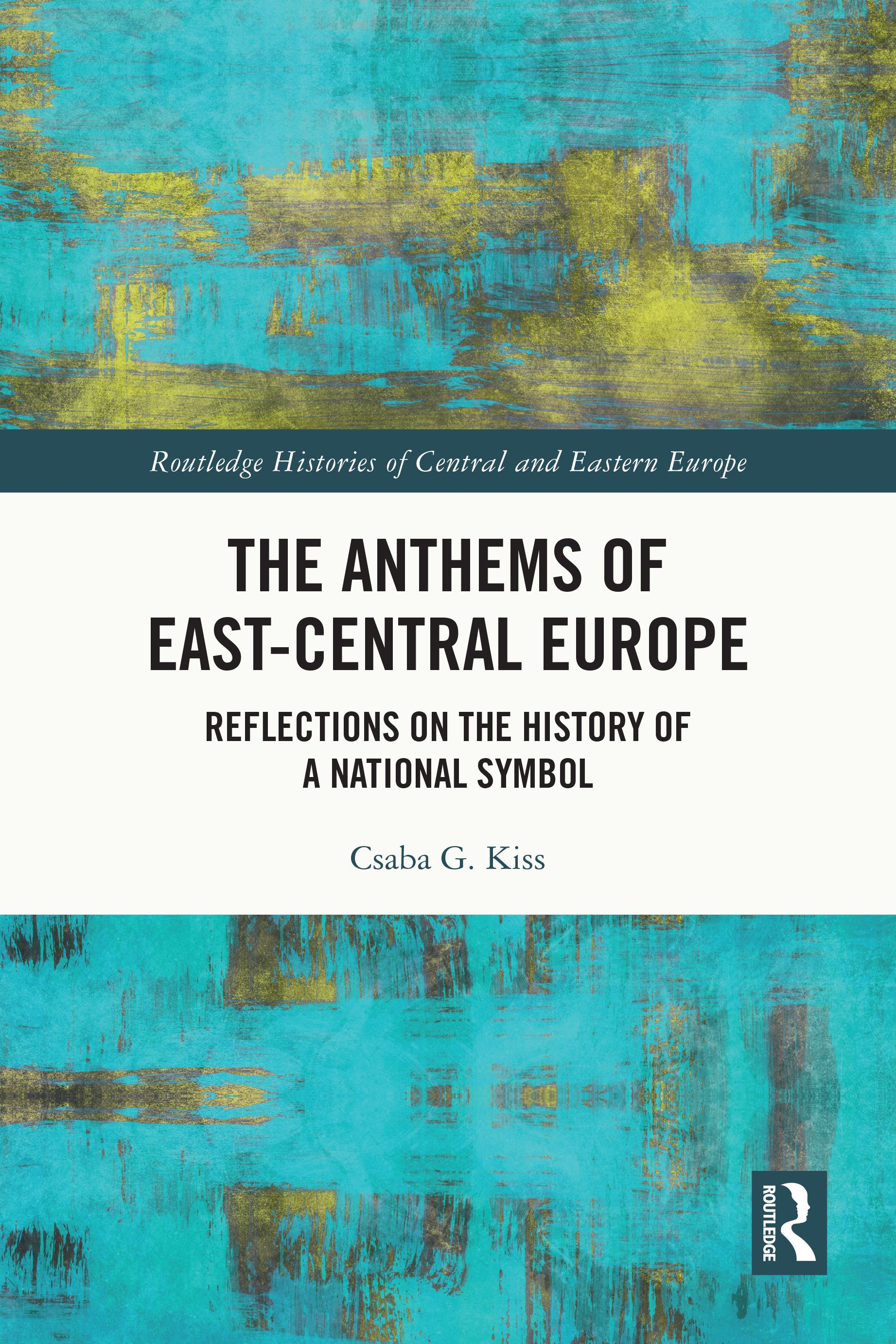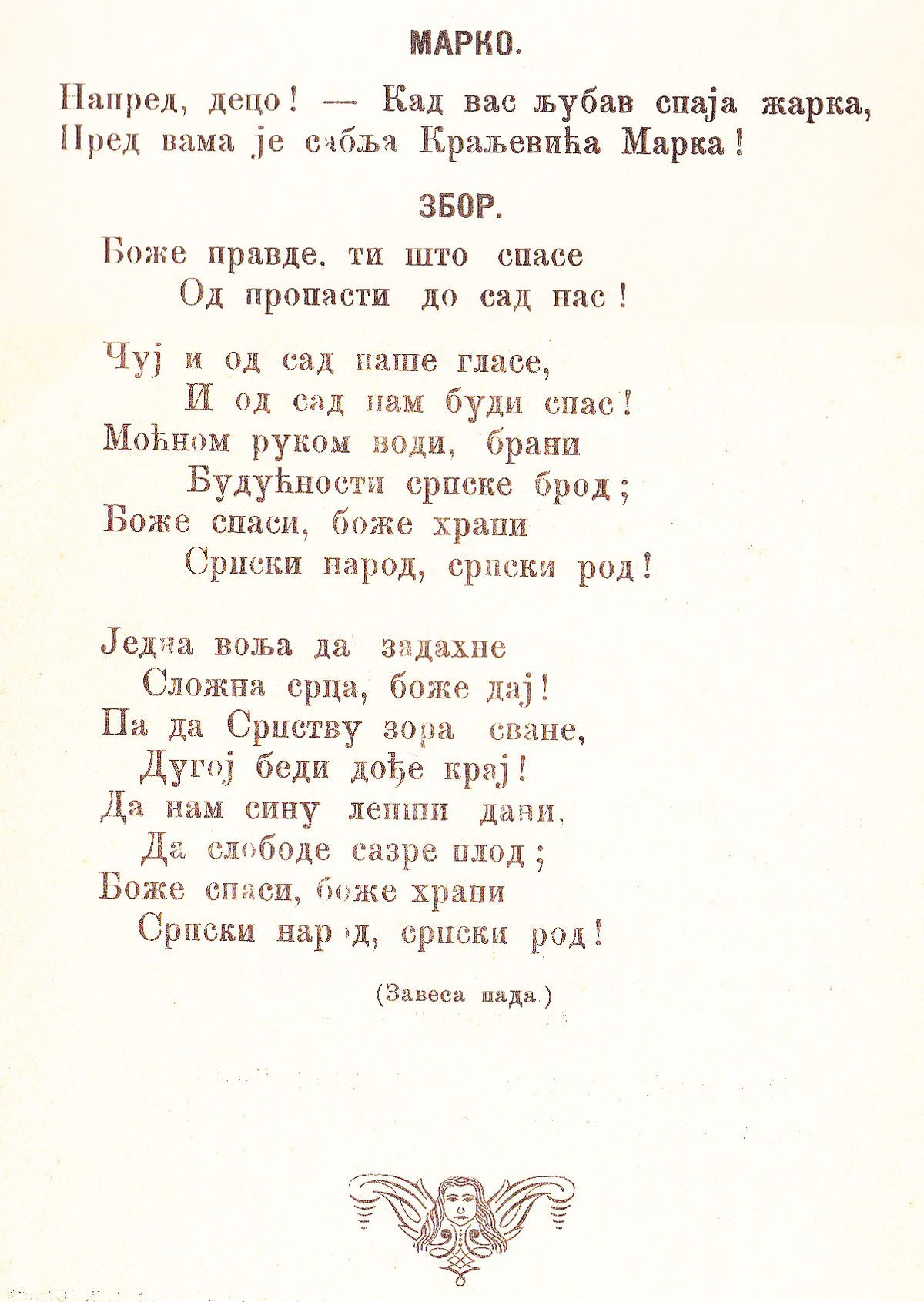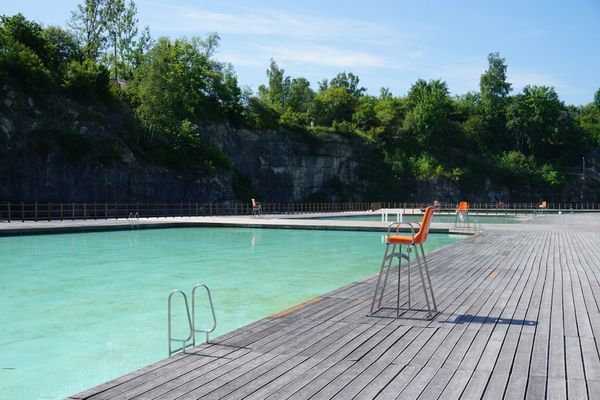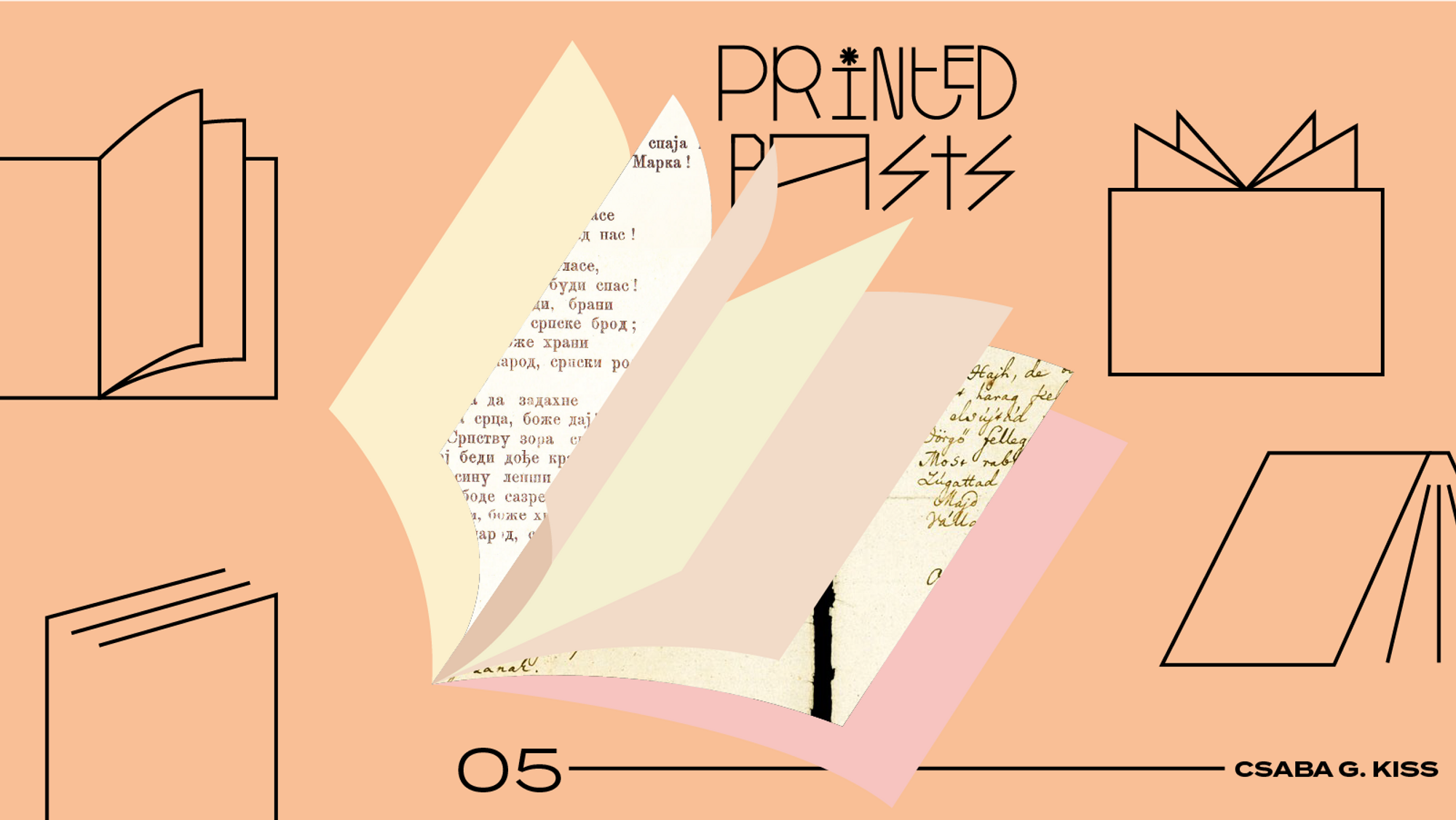What are the similarities and differences in the anthems of the East-Central European region? How did they develop and what types exist? Csaba G. Kiss presents the anthems of thirteen countries of the region, highlighting the similarities in our way of thinking and mentality, while at the same time initiating a dialogue between the neighboring nations.

Csaba G. Kiss is a Hungarian essayist, cultural historian, professor at the Eötvös Loránd University of Budapest, and doctor of the Hungarian Academy of Sciences. Originally published in Hungarian in 2011, his work The Anthems of East-Central Europe. Reflections on the History of a National Symbol was published in English by Routledge in 2023.
Anthems came into being not so long ago, in the first half of the 19th century; did they develop some form in Central and Eastern Europe?
I would rather say East-Central Europe, which in my view is the eastern part of Central Europe, whereas the western part is the German-speaking area. The anthem as a national symbol was necessary throughout the process of modern nationhood, especially when the nation-state was born. However, in the region between the German and Russian language areas, this change—usually without autonomous statehood and with mixed ethnic areas—was a rather long and complex process. It is the very nature of nationhood that distinguishes this region from both the West and the Russian Empire. I don’t think that there is a specific regional form of the national anthem, except perhaps that they use tragic historical images more frequently than the average.

How important was the “national cause”? Were there more competing works?
Common myths and symbols were needed for nation-building. They first had to be adopted by the community, they gained official, legal status later, in the 20th century. Then the anthem became part of state representation. Incidentally, it was not included in the Hungarian constitution until 1989. The title of the national anthem was usually contested by several poems/songs—not only in Hungary (alongside the Hymnus, the Szózat [lit. “Summons”—the Transl.]), but also in Poland, Slovakia, and Croatia.
What unites and what divides the anthems of the region?
They are necessarily linked by their national symbolic character, but the poems’ literary genres and subjects differ. The Hungarian anthem is exceptional in that it’s also a hymn by its genre. Odes and patriotic songs are common among them, and even an Anacreontic drinking song appears in the case of the Slovenes.

How can anthems be grouped?
In the European tradition, there are two main patterns: the dynastic anthem (that of the Brits) and the ‘popular’ anthem (La Marseillaise). In our region, anthems in praise of the dynasty or the monarch were also composed during the time of the kingdoms (e.g. in Romania, Serbia, and Montenegro). The Polish and Slovakian anthems, or the Romanian one adopted in 1990, are closer to the popular tradition. A further grouping is based on the subject of the poem: it could be a praise of an ideal landscape (the homeland is depicted as an earthly paradise in the Czech and Bulgarian anthems, as an Arcadia of joyful shepherds in the Croatian, and as an idyllic vineyard in the Slovenian), or a reckoning with the nation’s past (in the Hungarian, Serbian and Romanian anthems, for example), where the homeland appears as a tragic space.
Your book on East-Central European anthems was published in 2011 by Nap Publishing under the title Hol vagy, hazám? (Where are you, my homeland?—the Transl.). How did Routledge find your book? Did you have to change the text for readers with a different background?
I am indebted to the Institute for Advanced Studies in Kőszeg for the mediation. Upon re-reading the English version, it became clear that there was little need to change the original text, as I had tried to introduce the specificities of the process of nationhood in our region. I tried to interpret the national cultural codes in the text since no Hungarian knows what it meant for a Pole to see his homeland divided three times, or what images in Croatian or Romanian tradition are associated with small border rivers such as the Una or the Milcov, which separated the regions of nation in the early 19th century. The footnotes also shed light on many things. Finally, the London editors asked for some further explanation.

Without scientific objectivity, do you have a favorite anthem from a purely literary and aesthetic point of view?
It’s a difficult question. The fact that these texts have become national symbols means that they are judged by different perceptual criteria. In presenting and analyzing the anthems, I tried to think about what the poem could and does mean to the community involved. To be a little Czech or Croatian. A strange test. In any case, reading our anthems together makes one realize the similarities in our mentality and the kinship of the memories we share in Central Europe. The topos of the storm, for example, occurs in four anthems (only as a subtle allusion in the Czech one).
Prešeren’s Slovenian anthem is particularly close to my heart. Where, as a reference to the Old Testament, the Slovenes’ homeland is depicted as a vineyard. In 1844, at a time of hope, the great European Romantic poet put to paper in his poem (not published until 1848): ‘Who long to see / That all men free / No more shall foes, but neighbours be!’ (Official English translation by Janko Lavrin—the Transl.)
Today it seems practically inconceivable that anthems should change, much less disappear. What future do you predict for them?
Interestingly, there have been minor changes in the texts, even in the 19th century (the Czech and Hungarian anthems are exceptions in this respect). And the last great historical turning point in our region has also brought changes: the current Romanian anthem was adopted in 1990, as Andrei Mureșanu’s patriotic poem was sung by demonstrators in Timișoara in December 1989, while the Slovenian parliament chose the 7th stanza of France Prešeren’s poem as their anthem in 1991. The future of nations, of the modern community form created by the European history and then spread worldwide, is a fascinating question. I believe that, just as there can be no community without the individual, there can be no individual without the community. And the Enlightenment idea of the universal man is but an illusion.
Csaba G. Kiss: The Anthems of East-Central Europe. Reflections on the History of a National Symbol. Routledge, 2023
In our Printed Pasts series, we focus on the past and the recent past of the Central Eastern European region through recently published books of different genres.

Interstellar ice cream adventure—Mikrokosmos by Füge

Plans for a new cultural centre in Tirana have been unveiled










